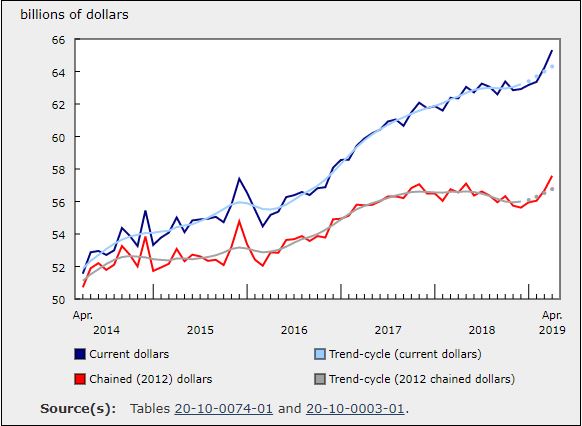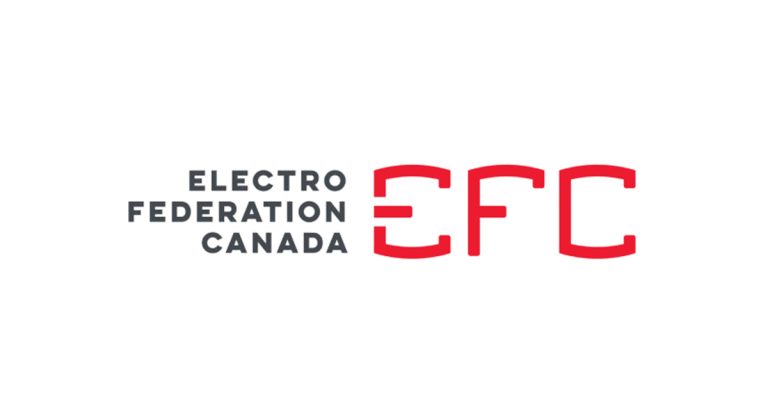NAICS Canada – 2022 Version 1.0

August 18, 2022
By Owen Hurst
The North American Industry Classification System (NAICS) is a valuable tool that was developed by the statistical agencies of Canada, Mexico, and the US. In its base form it provides common definitions of industrial structure. “NAICS is based on supply-side or production-oriented principles, to ensure that industrial data, classified to NAICS, are suitable for the analysis of production-related issues such as industrial performance.”
In our industry, NAICS provides value in a variety of ways. It certainly allows for a degree of analysis on industry performance, but it has also become a valuable tool for researching and understanding the relationships between various industry sectors. For wholesalers it also provides the ability to segment clients by industry served, allowing a better understanding of the reach of your business and shifts/changes in your clients’ markets.
However, this does not mean NAICS has been without its issues or discrepancies in how it, or individual businesses, classify themselves within the system. Add to that the fact that the industrial sector is growing at an incredibly rapid pace with new business models coming into play that often mean a company could be classified across multiple classifications.
The statistical agencies have continued to make amendments over the years to support these changes, though admittedly it is still behind the game, even with the most recent updates.
As wholesalers, NAICS groups all into 2-digit NAICS 41. NAICS uses a six-digit code – first two digits designate the sector, the third digit designates the subsector, the fourth digit designates the industry group, and the sixth digit indicates that there is no further national detail. Most reading this likely fall into NAICS 4161 or 41611 (4161 – Electrical, plumbing, heating and air-conditioning equipment and supplies merchant wholesalers / 41611 – Electrical wiring and construction supplies merchant wholesalers). An example of the products identified under NAICS 2012 can be found here.
Why am I addressing NAICS today? Well, it is because I have long waxed about NAICS and that it needs to better reflect the growth and shifts in the industry sectors that it attempts to classify. Certainly, NAICS has received revisions over the years up to NAICS 2017 V.3 and has addressed the changes that are happening in the industry, but of course it needed to do so in a methodical way that ensures understanding nationally and on a North American level.
I bring this up now as the newest version of NAICS (NAICS 2022 Version 1.0) is now in effect and has made some interesting changes in how it is grouping and understanding classifications. NAICS Canada 2022 Version 1.0 consists of 20 sectors, 99 subsectors, 323 industry groups, 695 industries, and 922 Canadian industries, and replaces NAICS Canada 2017 Version 3.0. “NAICS 2022 Version 1.0 was the biggest revision to NAICS since 2002. It includes a large number of revisions related to the digital economy, in addition to other changes in a variety of areas. Some classification items were taken over, while others were split-off, broken down, merged, or transferred.”
It is admitted that the largest revisions to the 2022 version 1.0 revolved around understanding the digital economy, although there were also close to 275 new groupings combined into emerging or existing classes.
Although the changes are numerous, a good example of a relevant change is that NAICS 335110 Electric lamp bulb and parts manufacturing and 335120 Lighting fixture manufacturing have been expired and merged to form emerging item 335130, Electric lighting equipment manufacturing.
Overall, I admit the system is extremely valuable and has been an asset to research and analysis of the markets we work in and serve. I look forward to reviewing the full 2022 version 1.0 revisions and recommend reading up on the revisions here.











